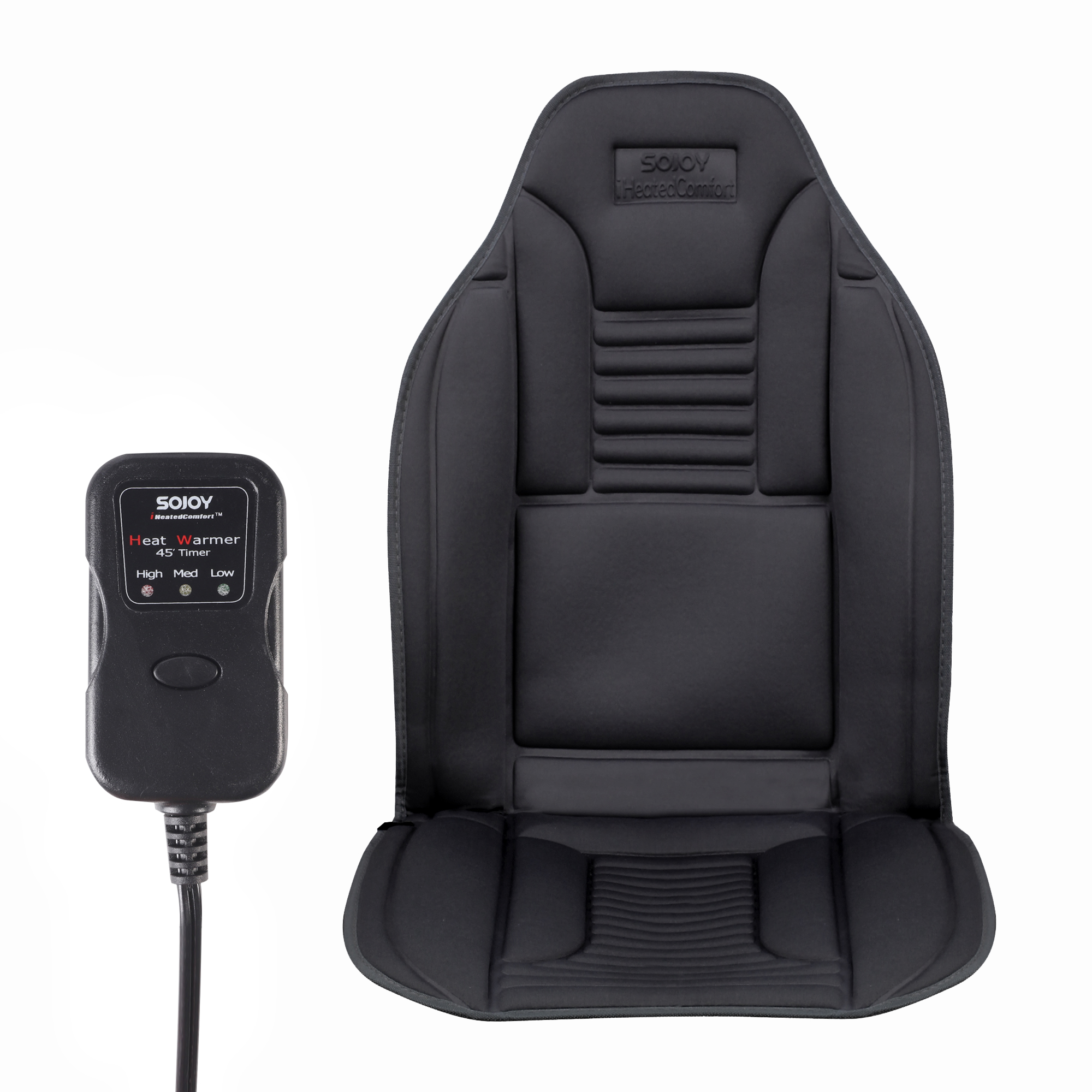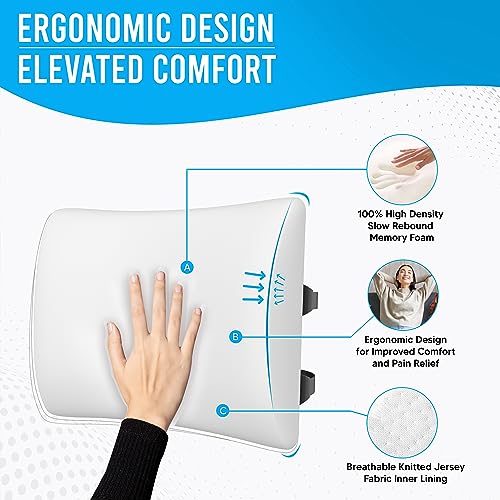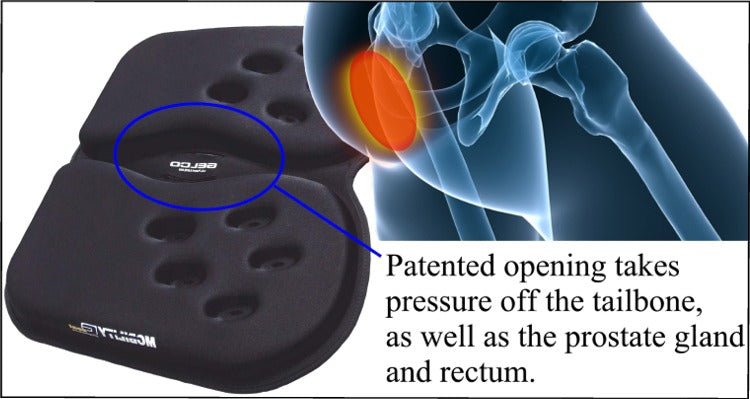Thermal Comfort in Vehicles The Role of Cushioning
From daily commutes to cross-country road trips, most of us spend a significant amount of time inside vehicles. And for many of us, the temperature inside the vehicle can make or break the experience. Extreme temperatures can not only cause discomfort and fatigue but also affect our concentration and safety on the road.
To combat this issue, cushion manufacturers have come up with innovative solutions to regulate the temperature inside a vehicle. These cushions use advanced technologies and materials to provide a comfortable and safe driving experience for passengers. In this article, we will dive into the world of temperature regulation cushions, their working mechanisms, materials used, and their impact on overall thermal comfort in vehicles.
Temperature Regulation in Vehicle Interiors

The interior of a vehicle is exposed to various external factors that can significantly affect its temperature. For instance, direct sunlight can cause the seats to heat up, while cold weather can make them feel freezing. To maintain an optimum temperature, most modern vehicles are equipped with air conditioning systems. However, these systems often take time to cool down or warm up the entire cabin, leaving the seats uncomfortable for passengers.
This is where temperature regulation cushions come into play. These specialized cushions utilize various technologies and materials to control the temperature of the seat surface, providing a more comfortable and personalized experience for passengers.
Advanced Cushioning Solutions for Enhanced Thermal Comfort

Over the years, cushion manufacturers have introduced several innovative solutions to regulate the temperature of vehicle interiors. These include both active and passive temperature regulation mechanisms.
Active Temperature Regulation:

Active temperature regulation cushions use heating elements or cooling fans to actively adjust the temperature of the seat surface. These cushions provide precise temperature control and can rapidly change the temperature as per the user's preferences.
One example of such cushions is the "smart" cushions that come equipped with sensors and controllers. These cushions can sense the body temperature of the passenger and adjust the temperature of the seat accordingly. They can also be controlled manually through smartphone apps or in-vehicle controls.
Active temperature regulation cushions are ideal for vehicles in extreme weather conditions, as they can provide immediate relief to passengers from extreme temperatures.
Passive Temperature Regulation:

On the other hand, passive temperature regulation cushions employ materials and designs that passively manage heat transfer. These cushions regulate temperature through insulation, breathability, or evaporation.
One popular material used in passive temperature regulation cushions is memory foam. Memory foam conforms to the body, providing support and reducing pressure points. It is also known for its ability to retain heat, making it suitable for cold environments. However, this also makes it less suitable for hot environments, as it may cause discomfort to passengers.
Cushion Design for Optimal Temperature Distribution

Apart from the materials used, cushion design also plays a crucial role in regulating the temperature inside a vehicle. Cushions with proper ventilation and airflow systems can efficiently dissipate heat and maintain a cool temperature. On the other hand, cushions with thick padding and low breathability may trap heat, leading to discomfort for the passenger.
Additionally, the shape and structure of the cushion also impact its temperature-regulating capabilities. Contoured cushions that match the body's curves can provide better support and prevent heat buildup. Furthermore, some cushions come with special features like cooling gels or breathable fabrics to enhance their temperature-regulating properties.
Temperature-Regulating Cushions for Improved Passenger Experience
The benefits of temperature regulation cushions go beyond just maintaining a comfortable temperature inside a vehicle. These cushions also offer several other advantages, which contribute to an overall improved passenger experience.
Reduced Fatigue and Discomfort:
Extreme temperatures can lead to discomfort and fatigue, making long drives unbearable for passengers. Temperature regulation cushions help maintain a comfortable temperature, reducing the chances of heat exhaustion or cold-related discomfort. This can make a significant difference, especially for drivers, as fatigue can affect their concentration and reaction time on the road.
Enhanced Safety:
Maintaining an optimum temperature inside a vehicle is crucial for safety. Extreme heat or cold can impact a driver's alertness and response time, increasing the risk of accidents. Temperature regulation cushions help prevent such situations by keeping passengers comfortable and focused on the road.
Improved Health and Well-being:
Temperature regulation cushions also contribute to the overall health and well-being of passengers. Extreme temperatures can lead to dehydration, heatstroke, or hypothermia, especially in vulnerable individuals like children or the elderly. By maintaining a comfortable temperature, these cushions help prevent such health risks and promote better physical and mental well-being.
The Impact of Cushion Properties on Vehicle Cabin Temperature
Apart from regulating the temperature inside a vehicle, cushions also have a significant impact on the overall cabin temperature. This is because the seat is the largest surface area in the vehicle, making it crucial for heat distribution.
The materials used in the cushion can significantly affect its heat transfer properties. For instance, cushions made with insulating materials may trap heat, causing the cabin temperature to rise. On the other hand, cushions made with breathable materials can effectively dissipate heat, keeping the cabin cool.
Moreover, the design and structure of the cushion can also impact overall cabin temperature. A well-ventilated cushion with airflow systems can help maintain a uniform temperature throughout the cabin. On the other hand, a poorly designed cushion may block the airflow, leading to hotspots inside the vehicle.
Smart Cushions for Personalized Temperature Control
In recent years, the use of advanced technologies in cushions has given rise to "smart" cushions. These cushions come equipped with sensors and controllers that offer personalized temperature control for passengers.
Smart cushions use body-heat sensing technology to adjust the temperature of the seat according to the passenger's body temperature. They can also monitor changes in external temperatures and adjust accordingly, ensuring a comfortable and consistent experience for passengers.
Moreover, these cushions can also be controlled manually through smartphone apps or in-vehicle controls. This allows users to customize their temperature preferences and adjust the cushion's temperature as needed.
Innovative Materials for Thermo-Adaptive Cushioning
The advancement in materials science has led to the development of innovative materials that are ideal for thermo-adaptive cushioning. These materials have unique properties that make them suitable for regulating temperature inside vehicles.
Phase-Change Materials (PCMs):
PCMs are substances that absorb and release heat during phase transitions. For instance, when a PCM is in solid-state, it can absorb heat from the environment, keeping the surroundings cool. On the other hand, when the PCM melts, it releases the stored heat, providing warmth. This makes PCMs ideal for both hot and cold environments.
In cushions, PCMs are usually incorporated into the foam or gel layer. They effectively regulate the seat temperature by absorbing and dissipating excess heat, keeping the passenger comfortable.
Thermoelectric Materials:
Thermoelectric materials have the unique property of converting temperature differences into electrical energy. In cushions, thermoelectric materials are used to power small fans or heating elements, providing precise temperature control.
These materials are energy-efficient and do not rely on external power, making them ideal for use in vehicles. They also allow for rapid temperature changes, making them suitable for active temperature regulation cushions.
Aerogels:
Aerogels are lightweight, highly porous materials that have excellent thermal insulation properties. In cushions, aerogels are often incorporated into the padding to provide insulation and prevent heat transfer. This helps maintain a comfortable temperature even in extreme weather conditions.
Energy-Efficient Temperature Regulation Through Advanced Cushioning
Apart from providing comfort, another crucial factor to consider in vehicle interiors is energy efficiency. Due to the growing concern for the environment, manufacturers are taking steps to reduce the carbon footprint of vehicles. Temperature regulation cushions can play a significant role in achieving this goal.
Cushions that use energy-efficient materials and technologies not only provide a comfortable experience but also reduce the vehicle's overall energy consumption. For instance, cushions made with PCMs or aerogels require minimal energy to maintain an optimum temperature, making them more sustainable and environmentally friendly.
Future Trends in Temperature-Regulating Vehicle Cushions
With the growing demand for comfortable and energy-efficient vehicles, the focus on temperature-regulating cushions is only going to increase. In the future, we can expect to see more innovative solutions and materials being used to enhance thermal comfort inside vehicles.
Some of the trends that we may see in temperature regulating cushions include:
Integration with Vehicle Systems:
As vehicles become smarter and more connected, we can expect to see cushions integrated into the vehicle's overall climate control system. This will allow for better coordination between the cushion's temperature regulation and the vehicle's air conditioning system, providing a more comfortable and efficient experience for passengers.
Personalized Cushioning:
With the rise of smart technology, we may see cushions that use AI and machine learning to provide personalized temperature control for individual passengers. These cushions may also take into account factors like body weight, posture, and external weather conditions to adjust the temperature accordingly.
Integration of Sustainable Materials:
Sustainable and eco-friendly materials are gaining popularity in various industries, including automotive. In the future, we may see more use of materials like bamboo, cork, and recycled fabrics in temperature regulating cushions. This will not only make the cushions more energy-efficient but also contribute to reducing the vehicle's environmental impact.
Conclusion
Temperature regulation cushions have revolutionized the way we experience driving. From providing comfort and safety to promoting well-being and sustainability, these specialized cushions offer a range of benefits for vehicle interiors. With advancements in technology and materials, we can expect to see even more innovative solutions that will enhance thermal comfort and contribute to a better driving experience for passengers.



